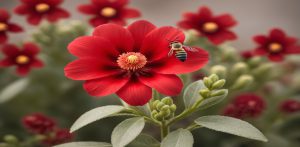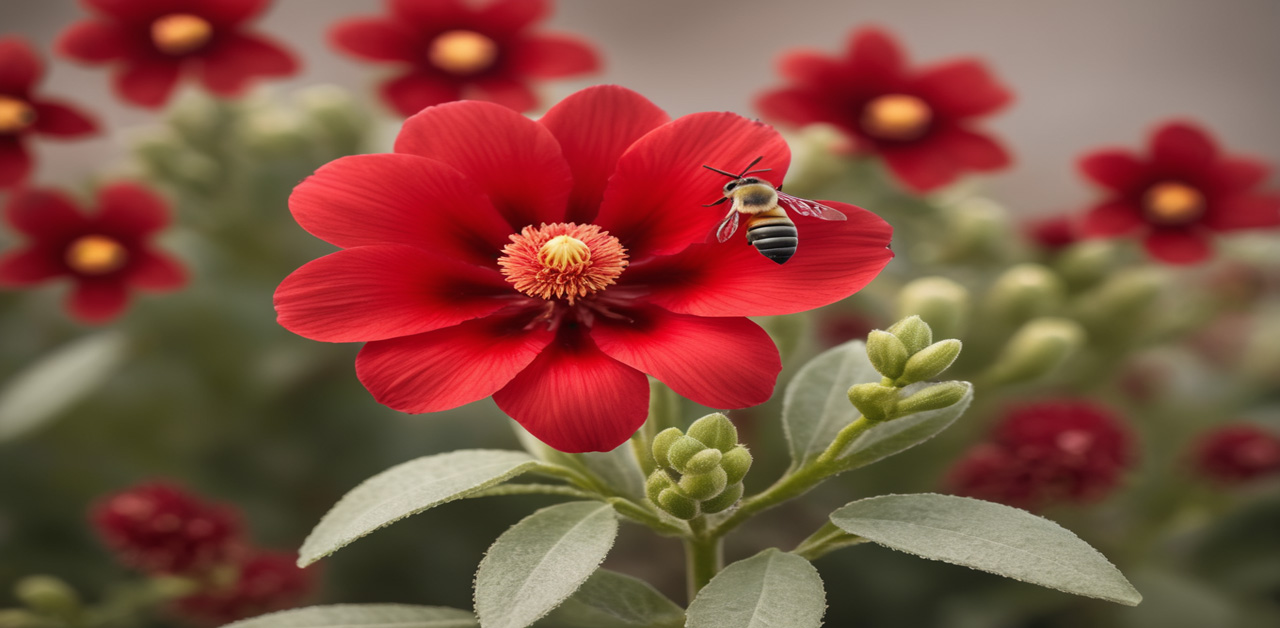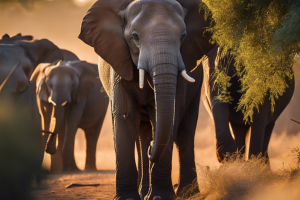
In the enchanting world of nature, a hidden communication system thrives between plants and bees. The secret language of flowers and their intricate signals play a vital role in attracting buzzing pollinators. Ever wondered how these delicate blooms effectively communicate with bees? Dive into the mesmerizing realm of floral signaling and discover how flowers captivate bees for pollination.
The Importance of Pollination for Plant Reproduction
Pollination is a critical process in the life cycle of plants. It is the transfer of pollen from the male reproductive organ of a flower, called the stamen, to the female reproductive organ, known as the pistil. This transfer is essential for the fertilization of the flower and the production of seeds. Without pollination, many plant species would struggle to reproduce and survive.
The Role of Bees in Pollination
Bees are one of the most important pollinators in nature. As they gather nectar from flowers, they inadvertently pick up pollen on their bodies, which they then transfer to other flowers as they move about. This unintentional exchange of pollen allows for cross-pollination, increasing the genetic diversity of plant populations.
Bees are highly efficient pollinators due to their specialized adaptations. Their bodies are covered in tiny hairs that easily collect pollen, and they have structures such as pollen baskets on their hind legs to carry larger quantities. Additionally, bees are attracted to the bright colors and fragrances of flowers, making them particularly effective at pollination.
How Flowers Attract Bees
Flowers have evolved various strategies to attract bees and ensure successful pollination. They employ a combination of visual, olfactory, and tactile signals to entice bees towards their nectar-rich rewards.
Visual Signals in Flowers
Many flowers have vibrant colours that stand out in their surroundings. Bees are particularly attracted to hues such as yellow, blue, and purple. These colors are highly visible to bees, as they can perceive ultraviolet light, which humans cannot see. Flowers often have contrasting color patterns, such as dark centers or colored guides, which act as landing platforms for bees.
Scent Signals in Flowers
Fragrance plays a crucial role in attracting bees. Flowers produce a wide range of scents, from sweet and fruity to musky and spicy. These scents serve as long-range signals, guiding bees towards the source of nectar. Some flowers even emit different scents at different times of the day to attract specific bee species that are active during certain periods.
Nectar Rewards and the Bee’s Sense of Taste
The primary incentive for bees to visit flowers is the reward of nectar. Nectar is a sugary substance produced by flowers as a means of enticing pollinators. Bees have a highly developed sense of taste and can detect the presence of nectar through specialized taste receptors on their tongues. The sweetness of nectar acts as a powerful motivator for bees, driving them to visit flowers repeatedly.
Flower Shape and Structure as Signals
The shape and structure of flowers also play a role in attracting bees. Some flowers have landing platforms or petals that form tubular shapes, providing a convenient resting spot for bees as they gather nectar. Certain flower shapes are specifically adapted to accommodate the mouthparts of particular bee species, ensuring a perfect fit and efficient nectar extraction.
The Importance of Timing and Synchronization
Flowers have evolved to synchronize their blooming with the activity patterns of specific bee species. This timing ensures that the flowers are visited by the right pollinators at the right time. Flowers may open during specific times of the day or release their fragrance when certain bee species are most active. This synchronization increases the chances of successful pollination and maximizes the efficiency of the plant’s reproductive efforts.
Conclusion: The Fascinating World of Plant-Pollinator Communication
The secret language of plants and bees is a captivating realm filled with remarkable strategies and intricate mechanisms. Through visual signals, scent cues, nectar rewards, and precise timing, flowers have mastered the art of attracting and captivating bees for pollination. This enchanting symbiotic relationship between flowers and bees is a testament to nature’s ingenuity and the remarkable collaboration that exists within ecosystems. By unraveling the mysteries of plant-pollinator communication, we gain a deeper appreciation for the intricate web of life that surrounds us. So, the next time you encounter a blooming flower, take a moment to marvel at the hidden language it speaks to the buzzing bees in its quest for reproduction and survival.




